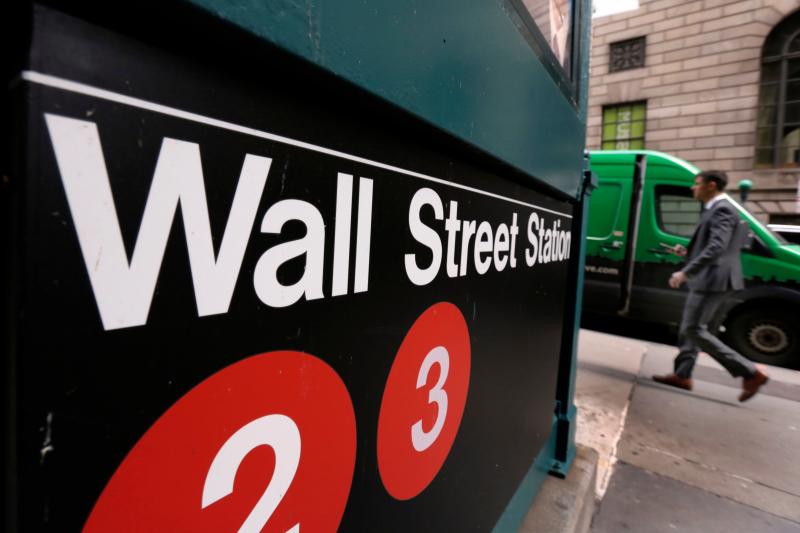This post was originally published on this site
https://i-invdn-com.akamaized.net/news/a3d12ec27fa0e3457d56abfdb5654300_M.jpg © Reuters. RBC Cuts S&P 500 Target, Seeing ‘Flat or Lost Year’ on Virus
© Reuters. RBC Cuts S&P 500 Target, Seeing ‘Flat or Lost Year’ on Virus(Bloomberg) — RBC Capital Markets has taken its first stab at accounting for the impact of the coronavirus in its expectations for U.S. stocks, paring back its targets as a result.
The is now expected to end the year at 3,279, versus a prior forecast of 3,400, according to strategist Lori Calvasina. Full-year earnings per share will be $165, she predicted, from a prior $174. She is also shifting to neutral on growth-versus-value, from a prior bias toward value, upgrading health care to overweight from market-weight and downgrading financials to market-weight from overweight.
This will be “a flat or lost year for the index,” Calvasina wrote in a note Thursday. “The brunt of the pain that the U.S. equity market will experience due to the coronavirus will occur early in the year, with the bulk of the economic impact coming mid-year, and a recovery trade taking hold once the news flow around the coronavirus improve and/or the valuation appeal of stocks becomes more clear.”
Calvasina isn’t the only strategist reassessing in light of the coronavirus-induced market meltdown. Credit Suisse (SIX:) Group AG’s Jonathan Golub lowered his year-end target to 3,300 from 3,600; Goldman Sachs Group Inc (NYSE:).’s David Kostin cut his to 3,200 and called for an end to the bull market. Societe Generale (PA:) SA’s Sophie Huynh now has hers at 3,500 — but sees the lion’s share of the rally later in the year after the gauge languishes for some time due to the current uncertainty.
Going forward, Calvasina said she’s watching for evidence of investor capitulation, a “necessary though not sufficient condition” for a bottom. In terms of key downside levels, if investors price in a recession, the S&P 500 could fall to around its December 2018 low of 2,351, she said. If the gauge’s price-to-earnings ratio drops to the December 2018 trough of 14.4, the index would be at 2,381, she said.
“The median and average drop in the S&P 500 associated with recessions dating back to the 1930s has been 24% and 32%, which would take the S&P 500 down into the 2300-2600 range,” Calvasina wrote. However, she added that “we think it’s important to keep in mind that the recessionary drawdowns of the Financial Crisis and Tech bubble were more extreme than the historical norm, and we do not see the same kinds of excesses today.”
Fusion Media or anyone involved with Fusion Media will not accept any liability for loss or damage as a result of reliance on the information including data, quotes, charts and buy/sell signals contained within this website. Please be fully informed regarding the risks and costs associated with trading the financial markets, it is one of the riskiest investment forms possible.

